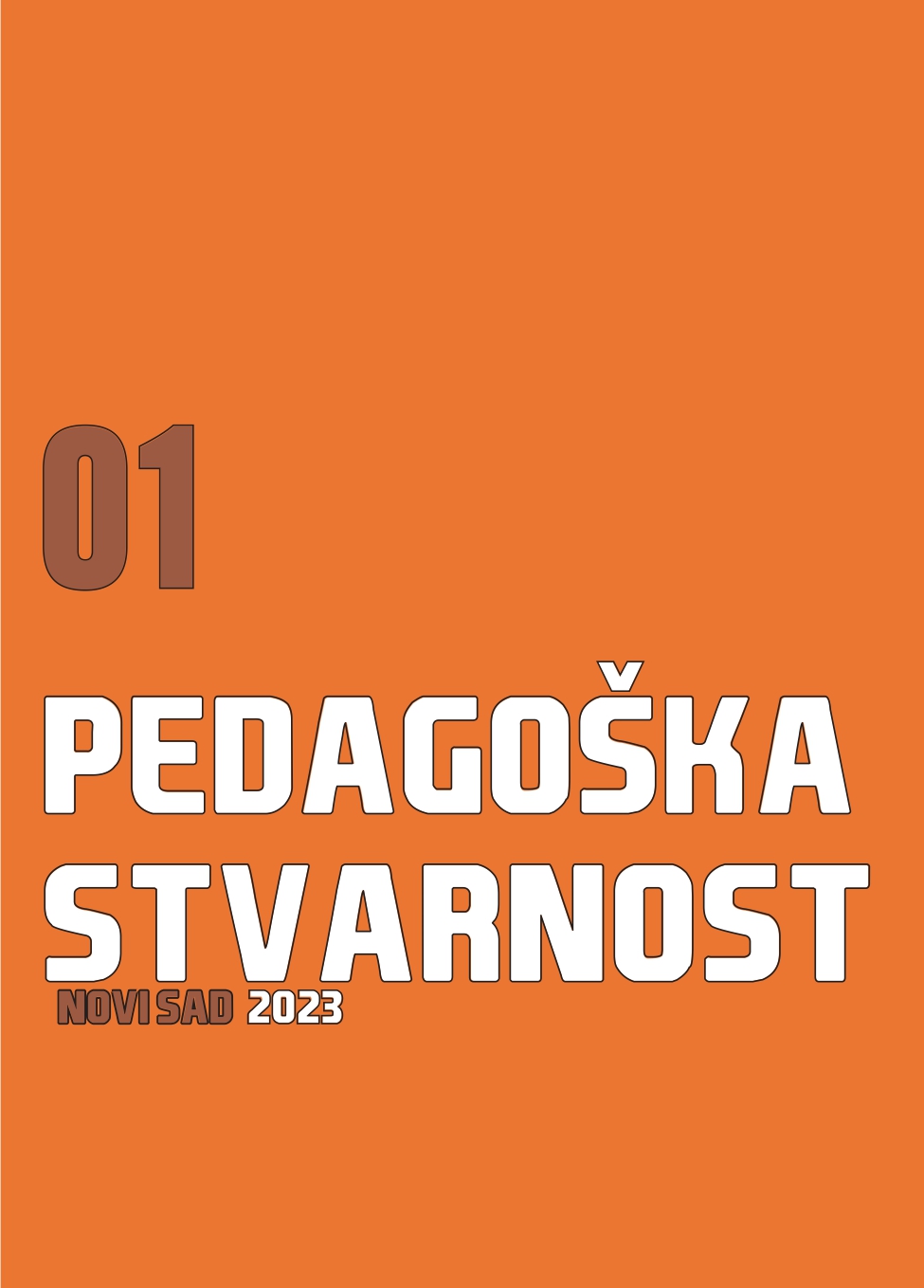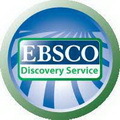SANJANJE U ŠKOLI: KVALITATIVNI PSIHOLOŠKI ISTRAŽIVAČKI PROJEKAT O DELJENJU SNOVA
Originalni naučni rad
Apstrakt
Studije Karla Junga iz perioda 1936-1940 i post-jungovske studije pružaju ubedljiv uvid u značaj dečijih snova i dečjeg arhetipa u razvoju nesvesnog. Opsežan pregled analitičke literature o postojećim istraživanjima dečjih snova i analiza fenomenološkog pogleda na sanjanje i deljenje snova u kontekstu britanske škole pokazali su da su dečija iskustva iz snova nedovoljno iskorišćena u osnovnom obrazovanju. Kvalitativni istraživački projekat je imao za cilj da analizira dečje percepcije i iskustva deljenja snova o spavanju u okviru epistemološke, psihosocijalne i jungovske perspektive. Ova fenomenološka perspektiva oniričkih snova dece koja žive u 21. veku širom sveta pojačava diskurs o važnosti Junga u savremenoj pedagogiji. Kako je sanjanje univerzalna ljudska funkcija, vredi proširiti diskurs o podeli snova u školama u kontekstu socijalističkog detinjstva, tvrdeći da se rezultati ovog projekta mogu preuzeti kao validan pedagoški pristup. U empirijskoj studiji, 22 dece je podelilo svoje snove u šest prilagođenih matrica snova (Social Dreaming Matrix) i kreativnih aktivnosti koje je vodio ovaj istraživač, nakon čega su usledili individualni intervjui sa istraživačem. Matrice su analizirane sa fokusom na psihoanalitičke i obrazovne perspektive. Od 22 intervjua, uzorak od osam je analiziran primenom Interpretativne fenomenološke analize (IPA). Nalazi studije dečjih percepcija o deljenju svog unutrašnjeg sveta u kontekstu obrazovnog okruženja pokazuju da je deljenje dobrih i strašnih snova u školskom vremenu bilo pozitivno iskustvo i želeli su da se tako nastavi.
Reference
Adams, K. (2014). Children’s dreams in the classroom. In C. Hoffman & J. Lewis (Eds.), Weaving dreams into the classroom: Practical ideas for teaching about dreams and dreaming at every grade level, including adult education (17-30). Boca Raton, Florida, USA: Brown Walker Press.
Adams, K., Bull, R., &Maynes, M. L. (2016). Early childhood spirituality in education: Towards an understanding of the distinctive features of young children's spirituality. European Early Childhood Education Research Journal, 24(5), 760-774. https:/doi.org/10.1080/1350293X.2014.996425
Children's Society. (2018a). The good childhood report. https://www.childrenssociety.org.uk/sites/default/files/the_good_childhood_report_full_2018.pdf
Czikszentmihalyi, M. (2013). Creativity: The psychology of discovery and invention. London: Harper Collins Modern Classics.
Dahl, R., & Blake, Q. (2010). The BFG. London: Penguin.
Department for Education. (2014a) Early years foundation stage. https://www.gov.uk/early-years-foundation-stage
Department for Education. (2014b). The national curriculum for England: Key stages 1-4.
https://www.gov.uk/government/publications/national-curriculum-in-england-framework-for-key-stages-1-to-4.
Ecclestone, K., & Hayes, D. (2009). The dangerous rise of therapeutic education. London: Taylor & Francis.
Fordham, M. (1944). The life of childhood: A contribution to analytical psychology. London: Kegan Paul, Trench, Trubner Company.
Fordham, M. (1969). Children as individuals. London: Hodder & Stoughton.
Gambini, R. (2003). Soul and culture. Texas: Texas A & M University Press.
Gambini, R. (2012). Dreams can see through. Spring Journal, Winter 2012 (Environmental disasters and collective trauma).
Gendlin, E. T. (2010). Focusing. London: Ebury Publishing.
Hartmann. E., Kahn, D., Krippner, S., & Hoss, R. (2012). Neuroscience, neuromythology, and Jung's dream theories [DVD]. Ashville Jung Center IASD, Ashville Jung Center.org.
Hoffmann, C. & Lewis, J. E. (Eds.) (2014). Weaving dreams into the classroom.Florida, USA: Brown Walker Press.
Ijams, K. & Miller, L. (2000). Perceptions of dream‐disclosure: An exploratory study. Communication Studies. 51. 135-148.
Jones, R., Clarkson, A., Congram, S., & Stratton, N. (2008). Education and imagination: Post-Jungian perspectives. Hove, UK: Taylor & Francis.
Jung, C. G. (1971).Psychological types. In H. Read et al. (Eds.) & R. F. C. Hull (Trans.), The collected works of C. G. Jung (Vol. 6). New York: Pantheon Books.
Jung, C. G. (1960). Structure and dynamics of the psyche. In H. Read, M. Fordham, & G. Adler (Eds.) & R. F. C. Hull (Trans.), The collected works of C. G. Jung (Vol. 8). New York: Pantheon Books.
Jung, C. G. (1995). Memories, dreams, reflections (A. Jaffe, Ed. & R. Winston, Trans.). London, UK: Fontana Press.
Jung, C. G. (2008). Children’s dreams: Notes from the seminars given in 1936-1940 (J. Lorenz & M. Meyer-Grass, Eds. & E. Felzeder, Trans.). Princeton, NJ: Princeton University Press.
Kim, K.H. (2006). Can we trust creativity tests? A review of the Torrance tests of creative thinking. Creativity research Journal. (Vol. 18). No.1 3-14.
Layard, R., Layard D., & Dunn J. (2009). A good childhood: Searching for values in a competitive age. London: Penguin.
Lawrence, W. G. (2005). Introduction to social dreaming: Transforming thinking. London: Karnac Books.
Lawrence, W. G. (Ed.). (2010). The creativity of social dreaming. London: Karnac Books.
Main, S. (2008). Childhood re-imagined: Images and narratives of development in analytical psychology. London: Routledge.
Mallon, B. (2002). Dream time with children. London: Jessica Kingsley.
Mayes, C. (2005). Jung and education: Elements of an archetypal pedagogy.Oxford: R&L Education.
Mosley, J. (1996). Quality circle time in the primary classroom: Your essential guide to enhancing self-esteem, self-discipline, and positive relationships. Accrington: LDA Publishers.
Neumann, E. (1954). Origins and history of consciousness. New York: Pantheon.
Neumann, E. (1988). The child: Structure & dynamics of the nascent personality. London: Karnac.
Neville, B. (2005). Educating psyche: Emotion, imagination, and the unconscious in learning.Australia: Collins Dove.
Novakov-Ritchey, C. (2020). The Future of (Post) Socialism: Eastern European Perspectives. Ed. John Frederick Bailyn, DijanaJelača, and DanijelaLugarić. Pangaea II: Global/Local Studies, eds. Saïd Amir Arjomand and Wolf Schäfer. Albany, New York: State University of New York Press. Anthropology of East Europe Review, 37(1), 52-54.
Nye, R. (2009). Children's spirituality: What it is and why it matters. London: Church House Publishing.
Piaget, J. (1962). Play, dreams, and imitation in childhood. New York: W. W. Norton & Co.
Punnett, A. (Ed.). (2018). Jungian child analysis. Wyoming, USA: Fisher King Press.
Semetsky, I. (Ed.). (2013). Jung and educational theory. New Jersey, USA: John Wiley and Sons Ltd.
Smith, J.A., Flowers, P., & Larkin, M. (2009). Interpretative phenomenological analysis: Theory, method and research. London: SAGE Publications.
Starko, A. J. (2013). Creativity in the classroom: Schools of curious delight. (Fifth ed.). London: Routledge.
Taylor, J. (1988). The living labyrinth: Exploring universal themes in myths, dreams, and the symbolism of waking life. New York: Paulist Press.
UNICEF. (2007a). An overview of child well-being in rich countries: A comprehensive assessment of the lives and well-being of children and adolescents in the economically advanced nations. United Nations Children's Fund. https://www.unicef.org/media/files/ChildPovertyReport.pdf
UNICEF. (2013b). Child well-being in rich countries: A comparative study. United Nations Children's Fund. https://www.unicef-irc.org/publications/pdf/rc11_eng.pdf.
Van de Castle, R. L. (1994). Our dreaming mind. University of California: Ballantine Books.
Wickes, F. G. (1963). The inner world of childhood. Lanham, Maryland, USA: Sigo Press







